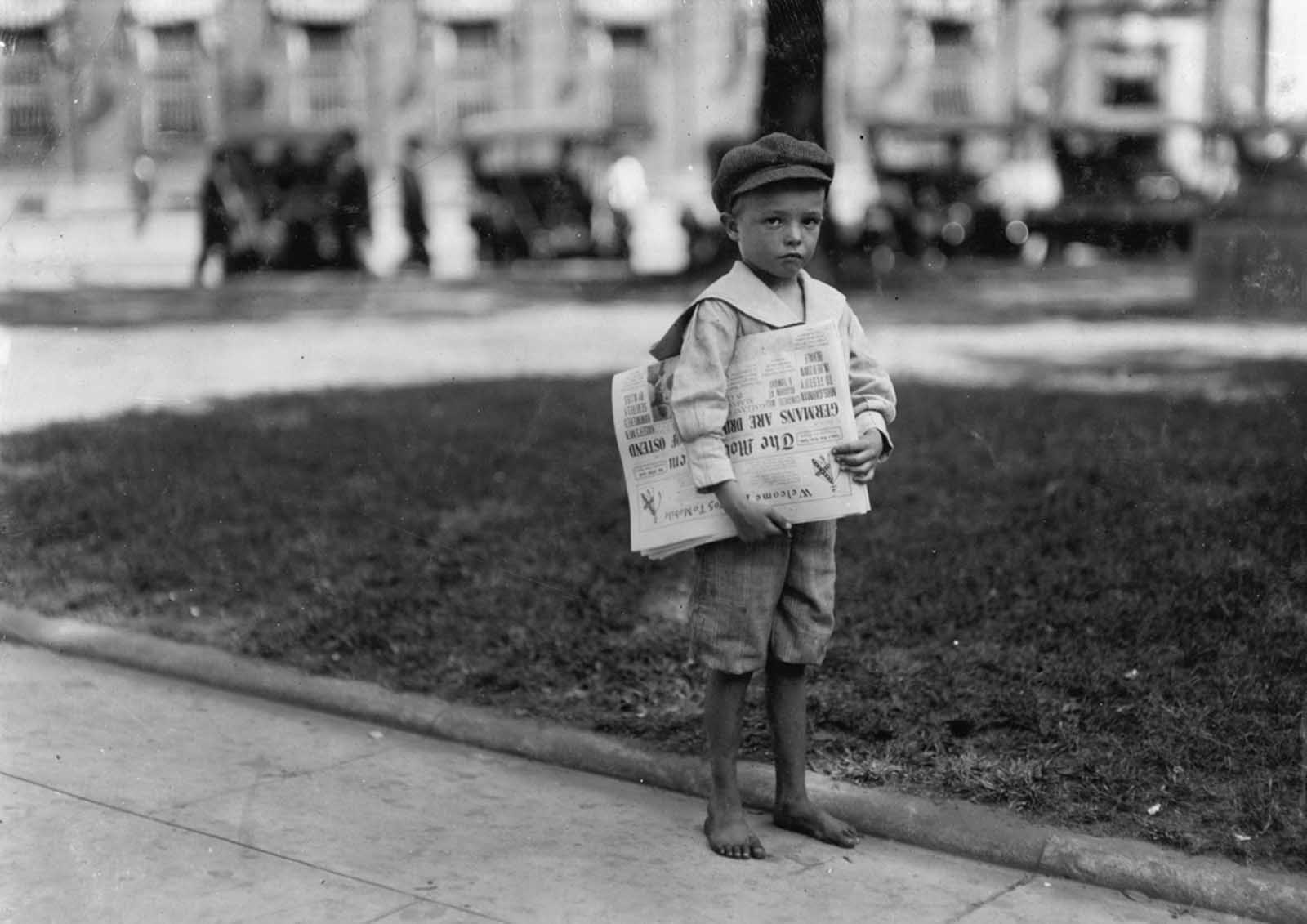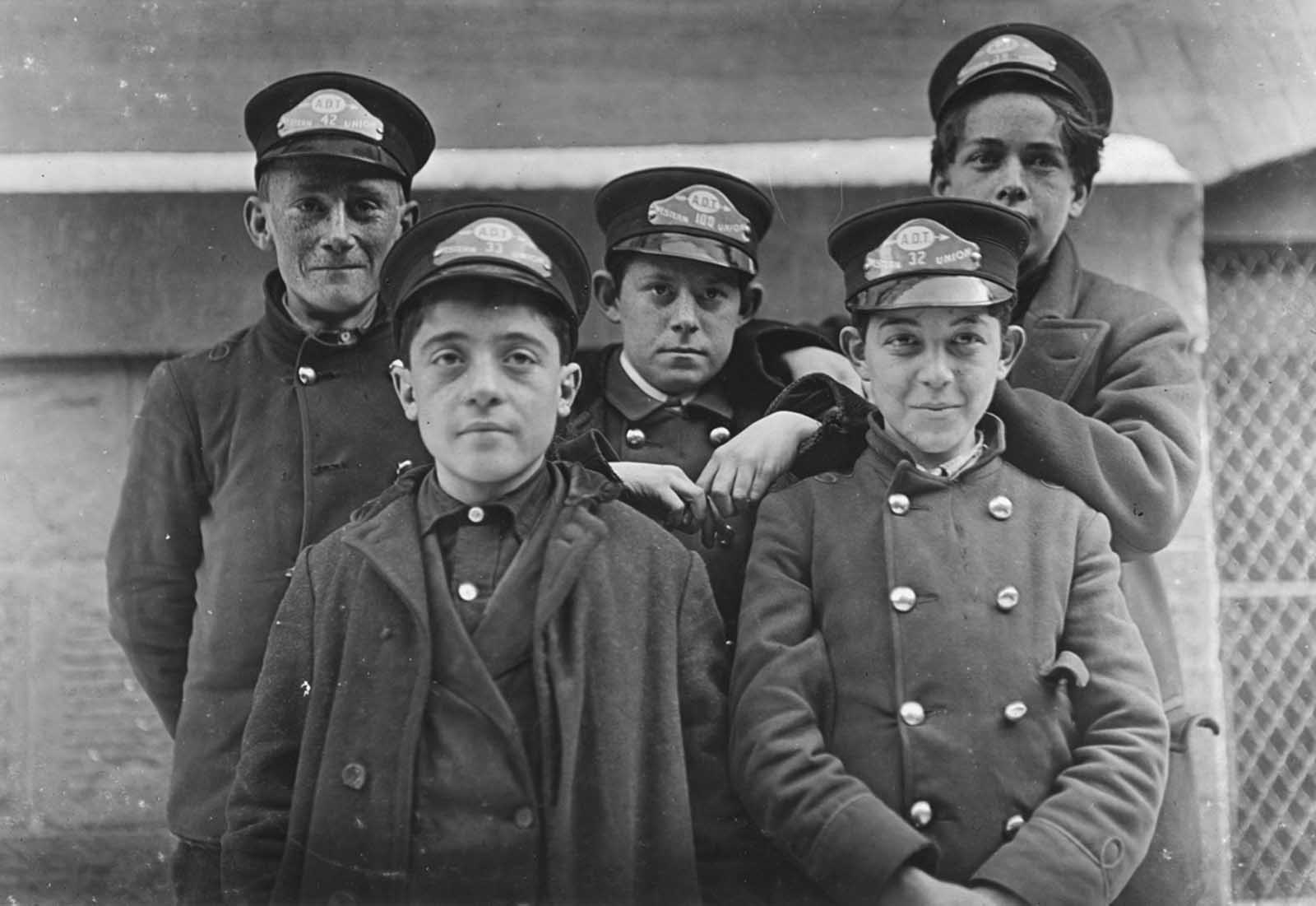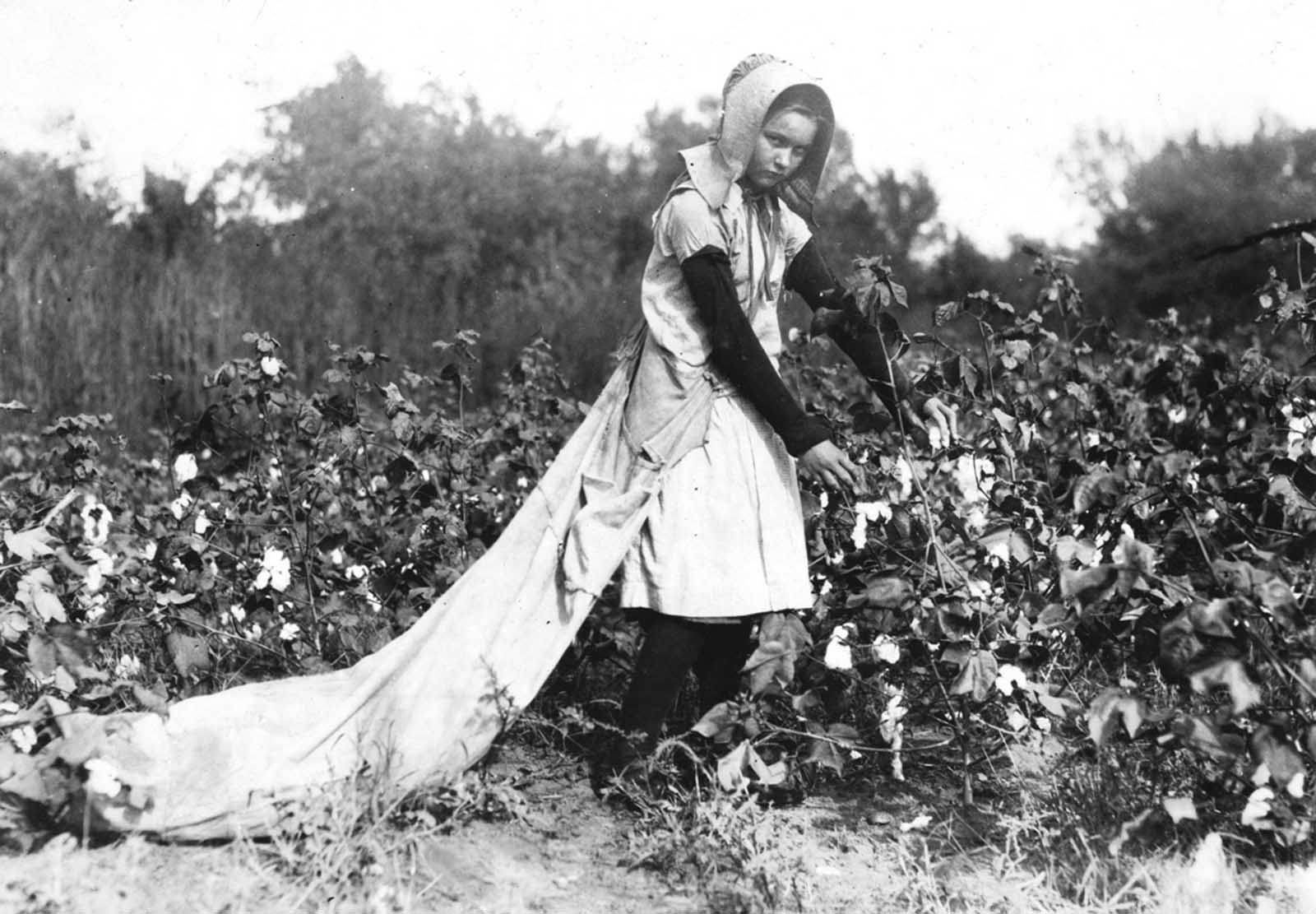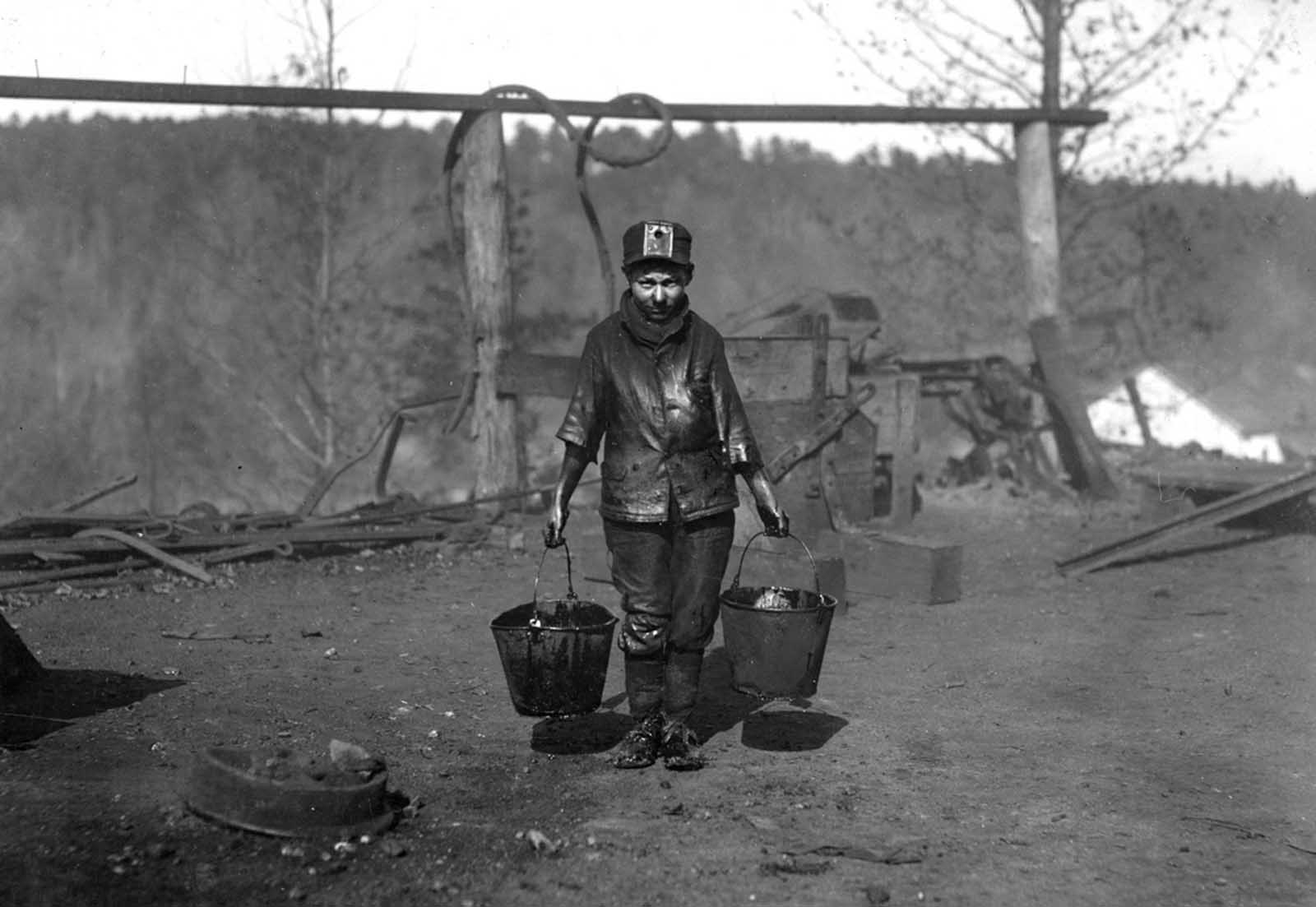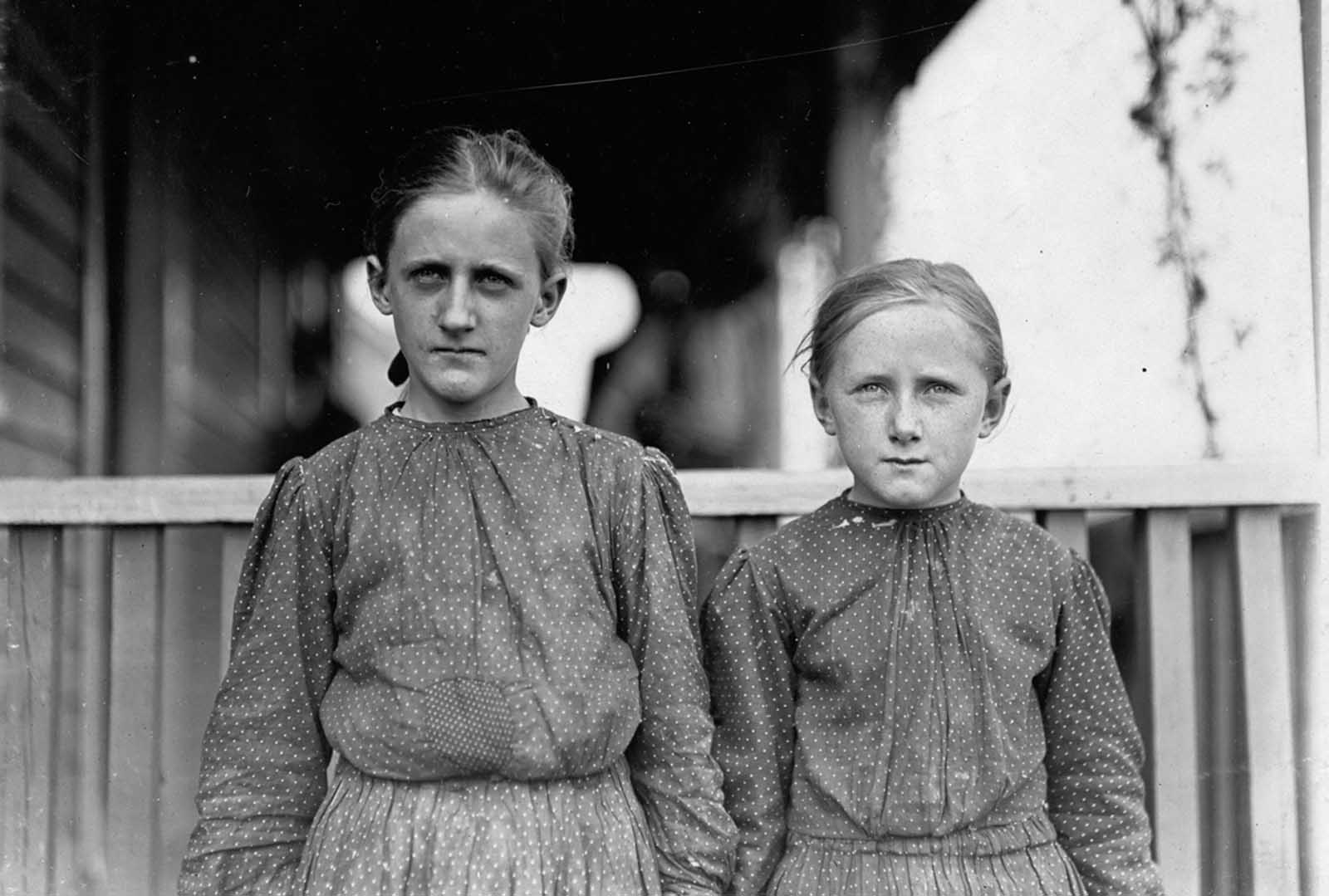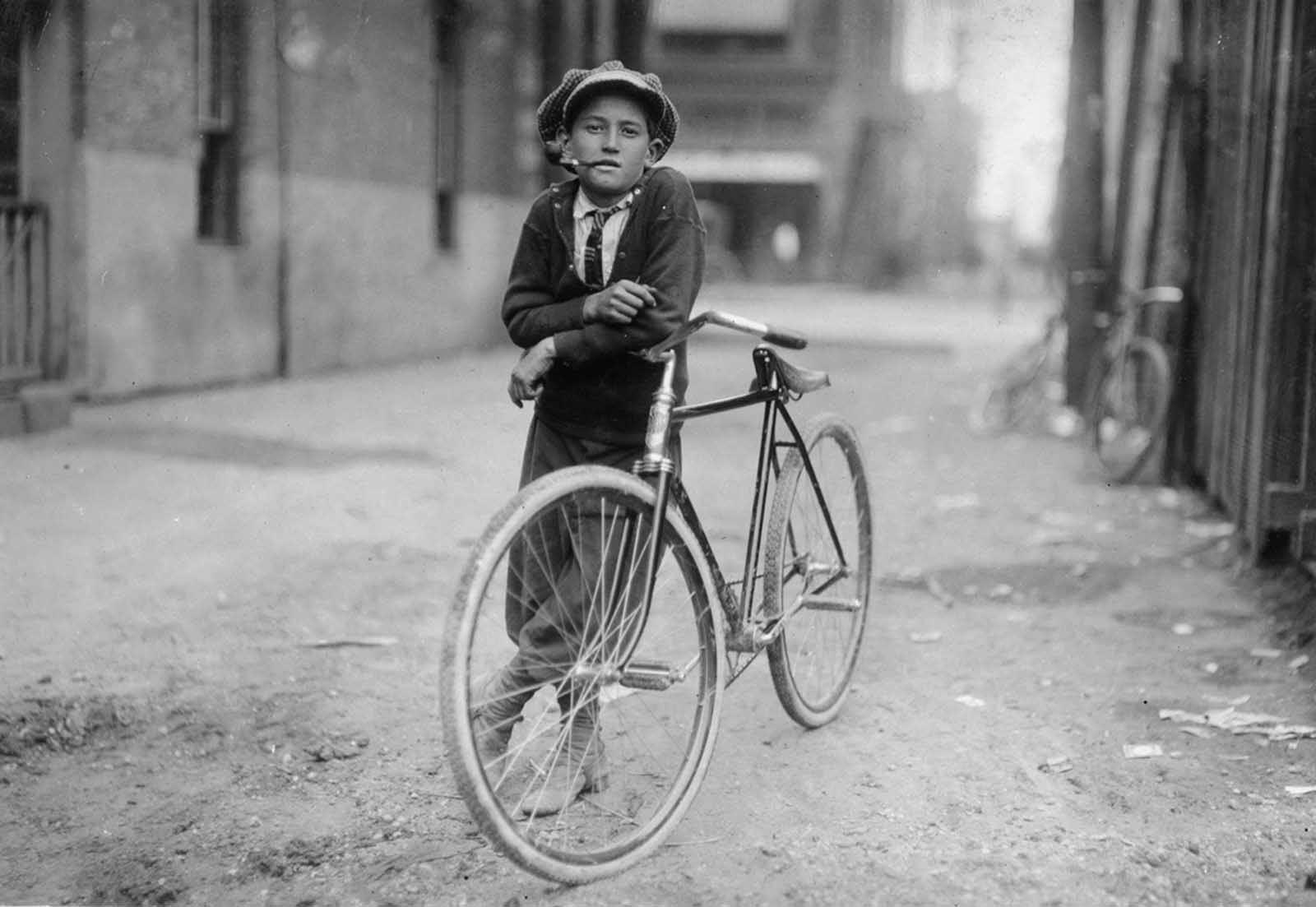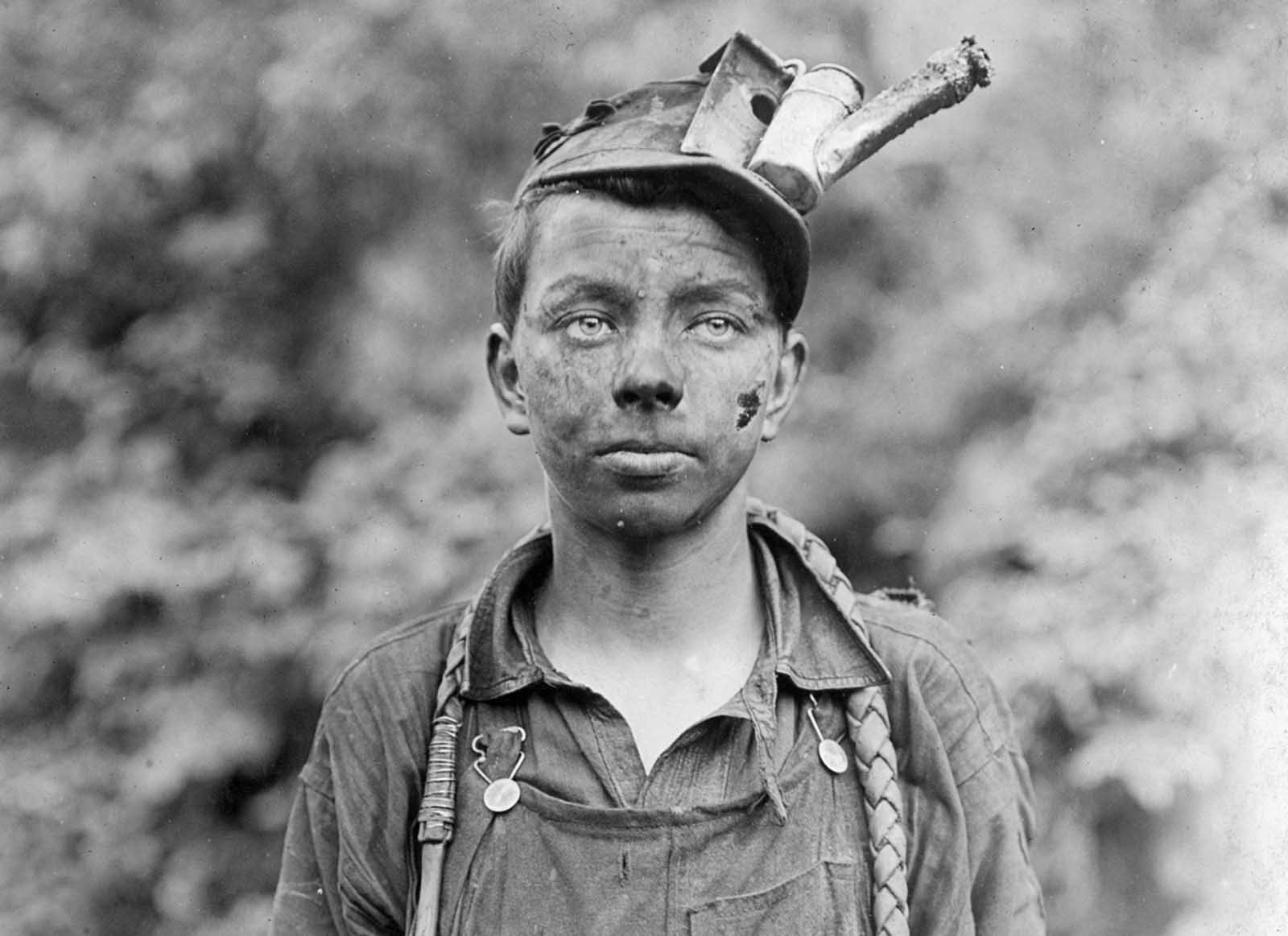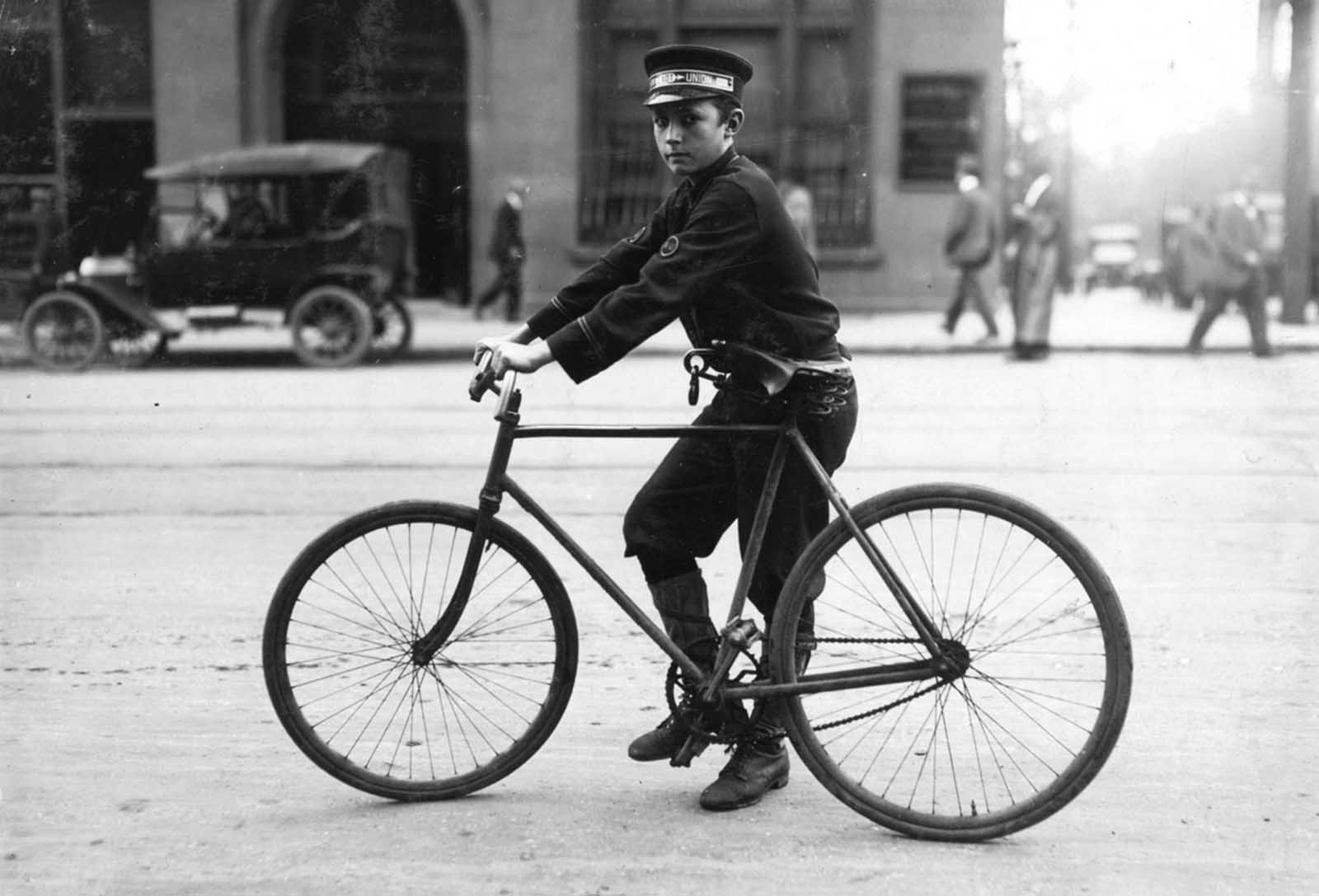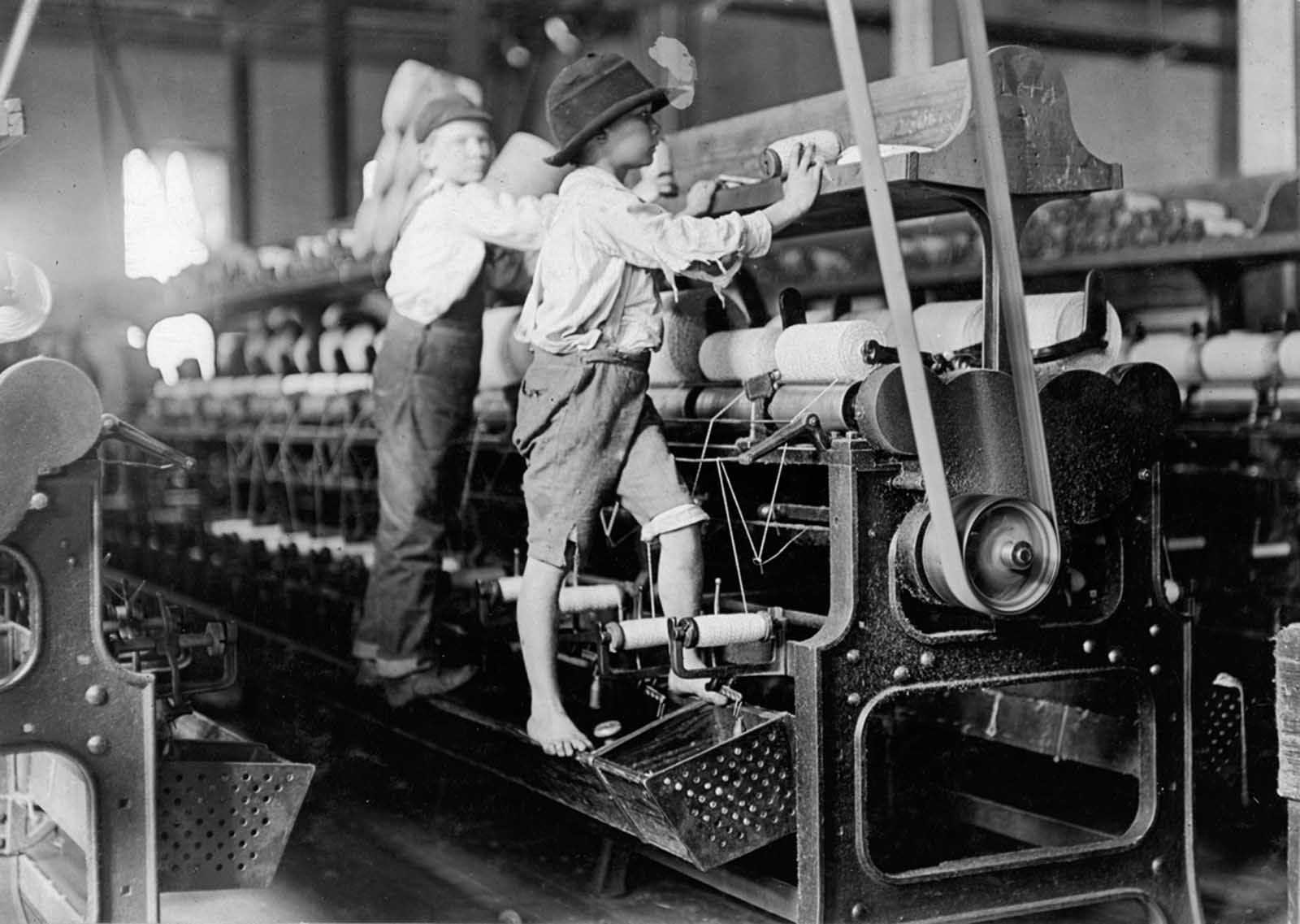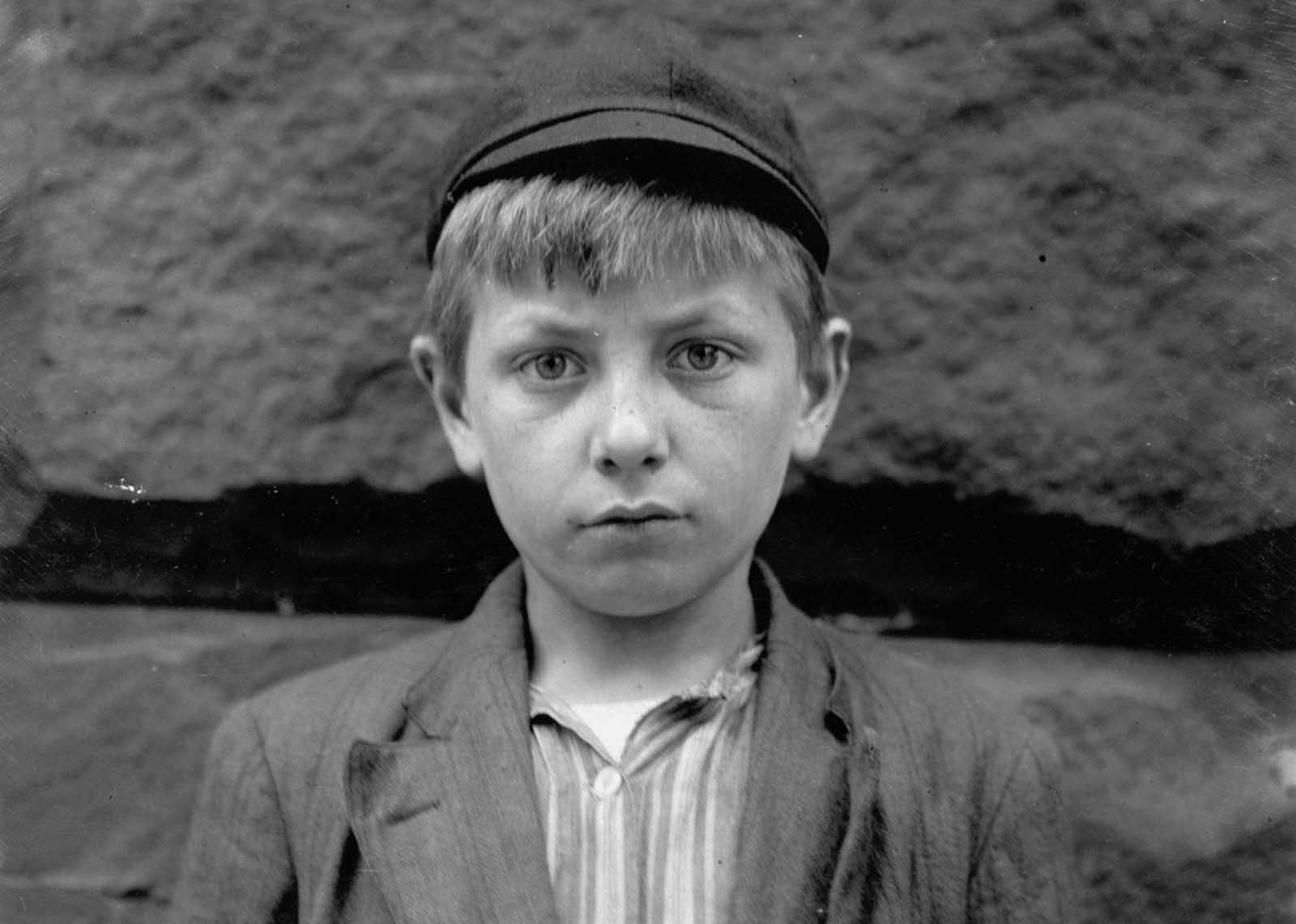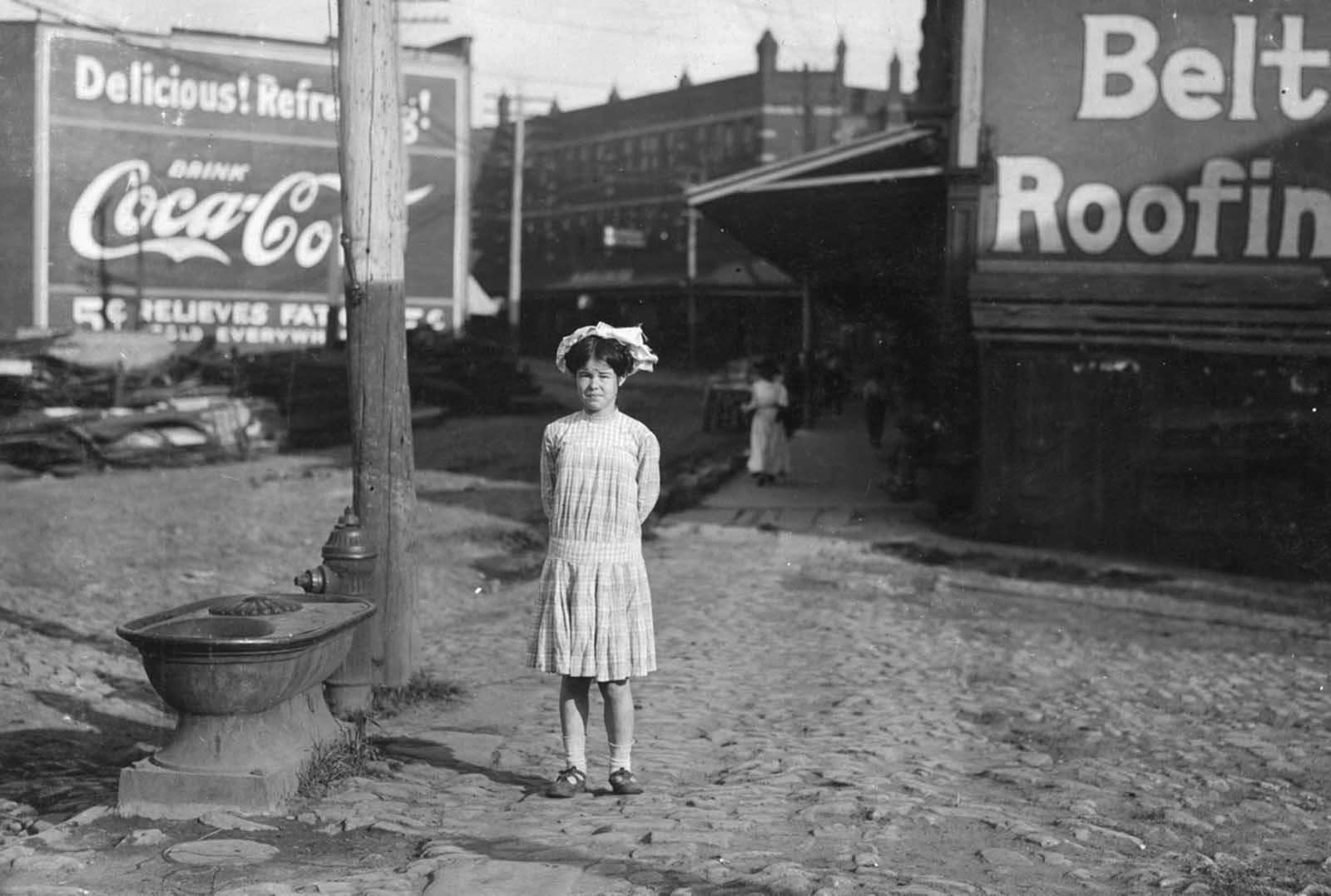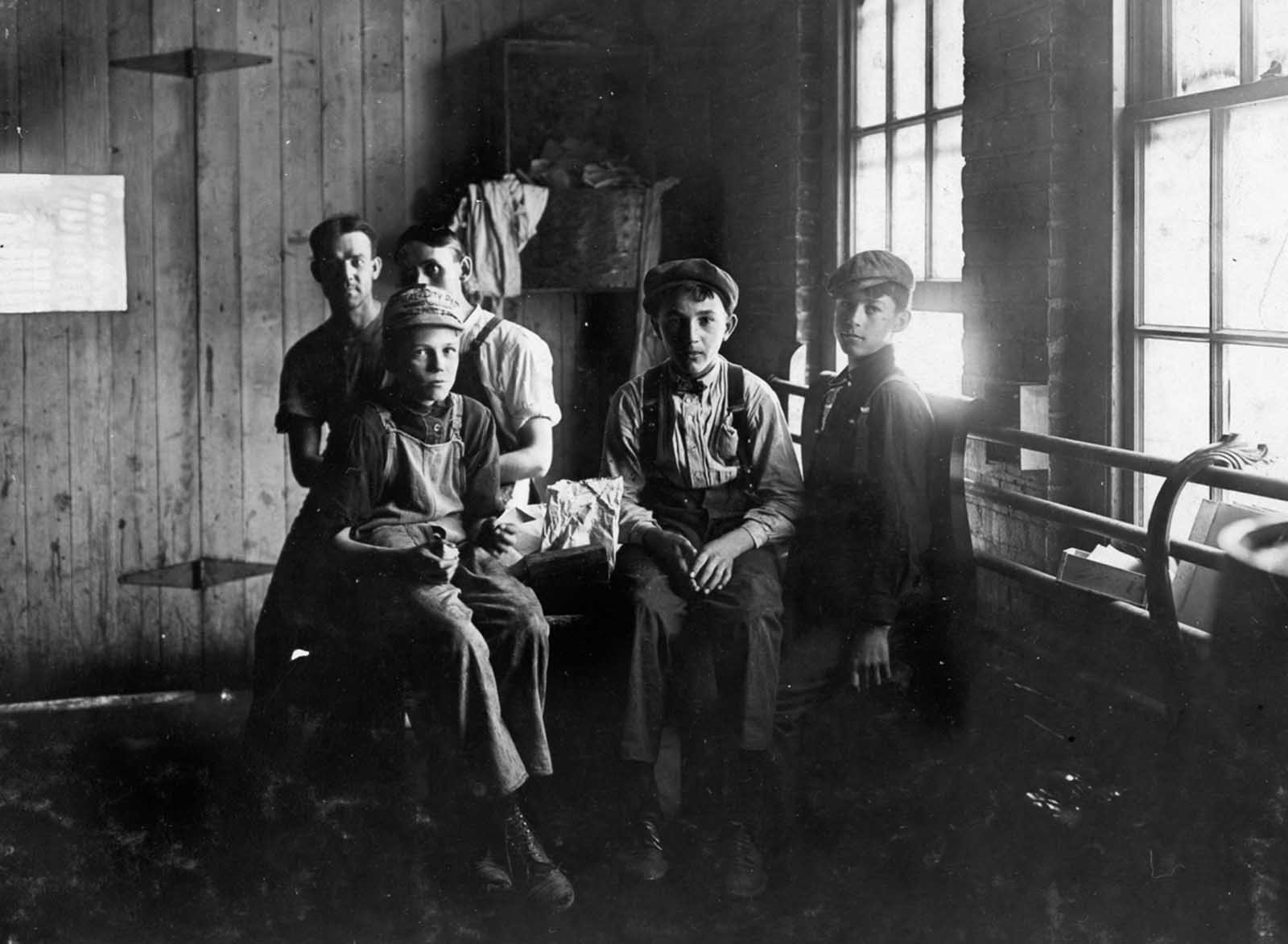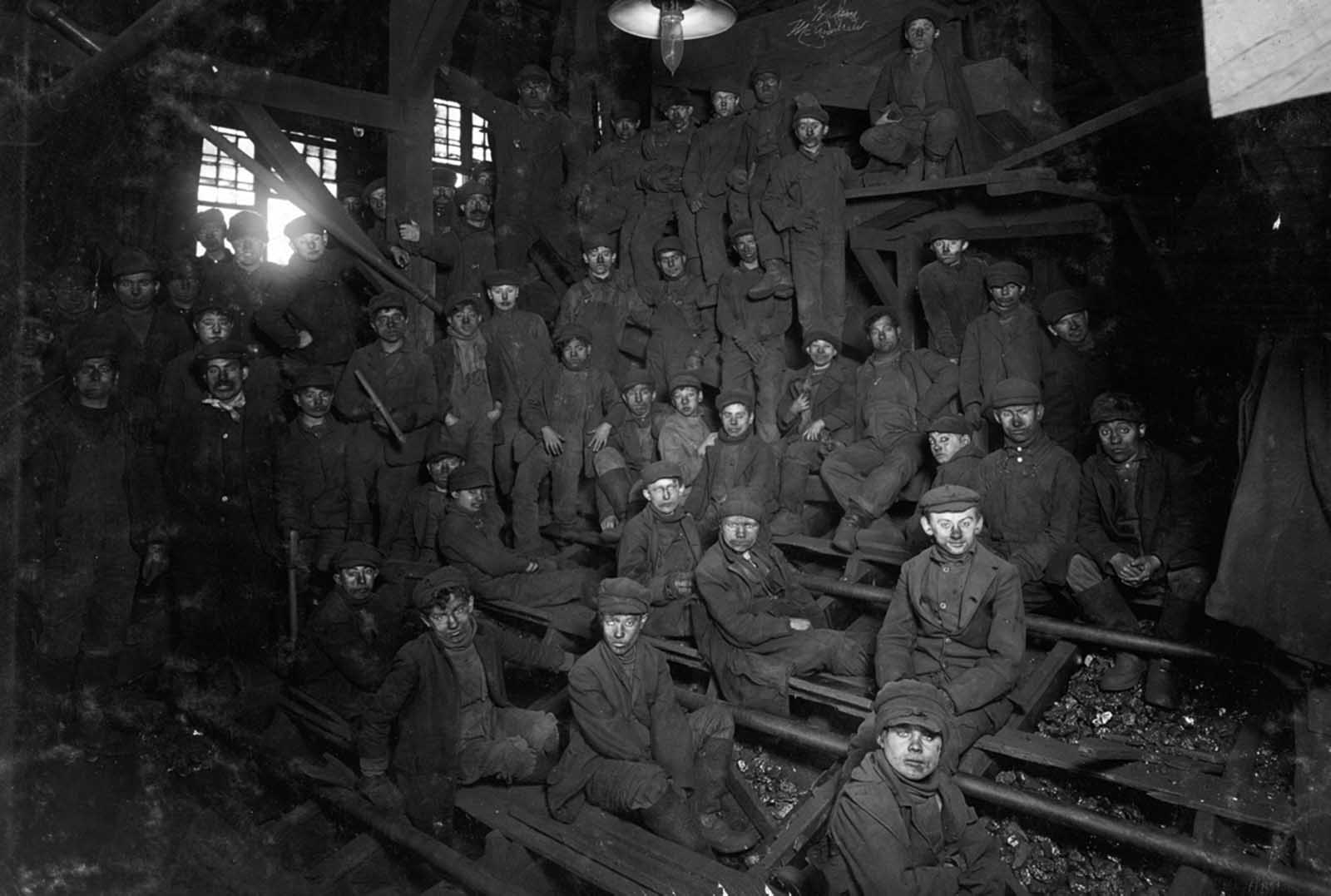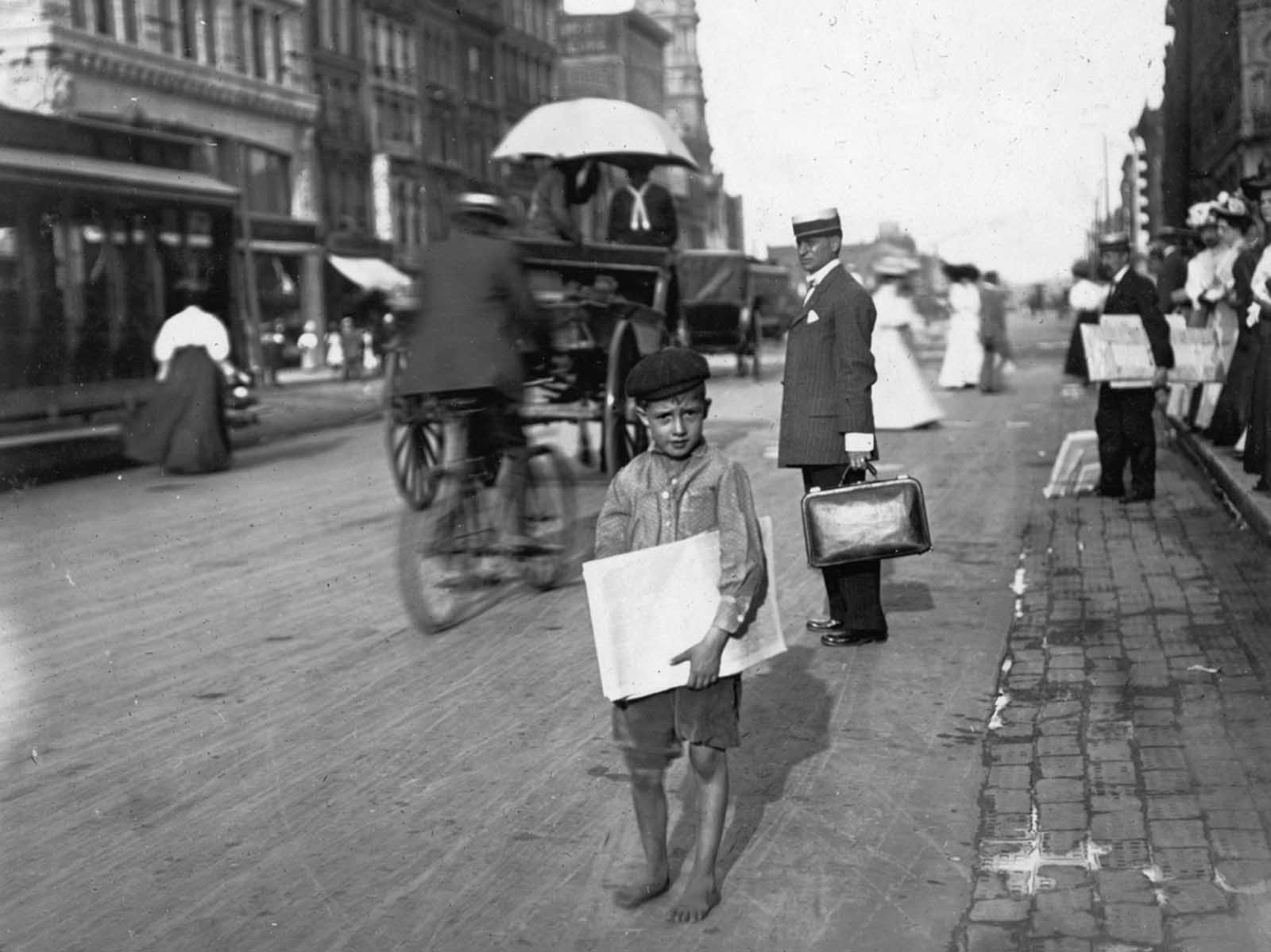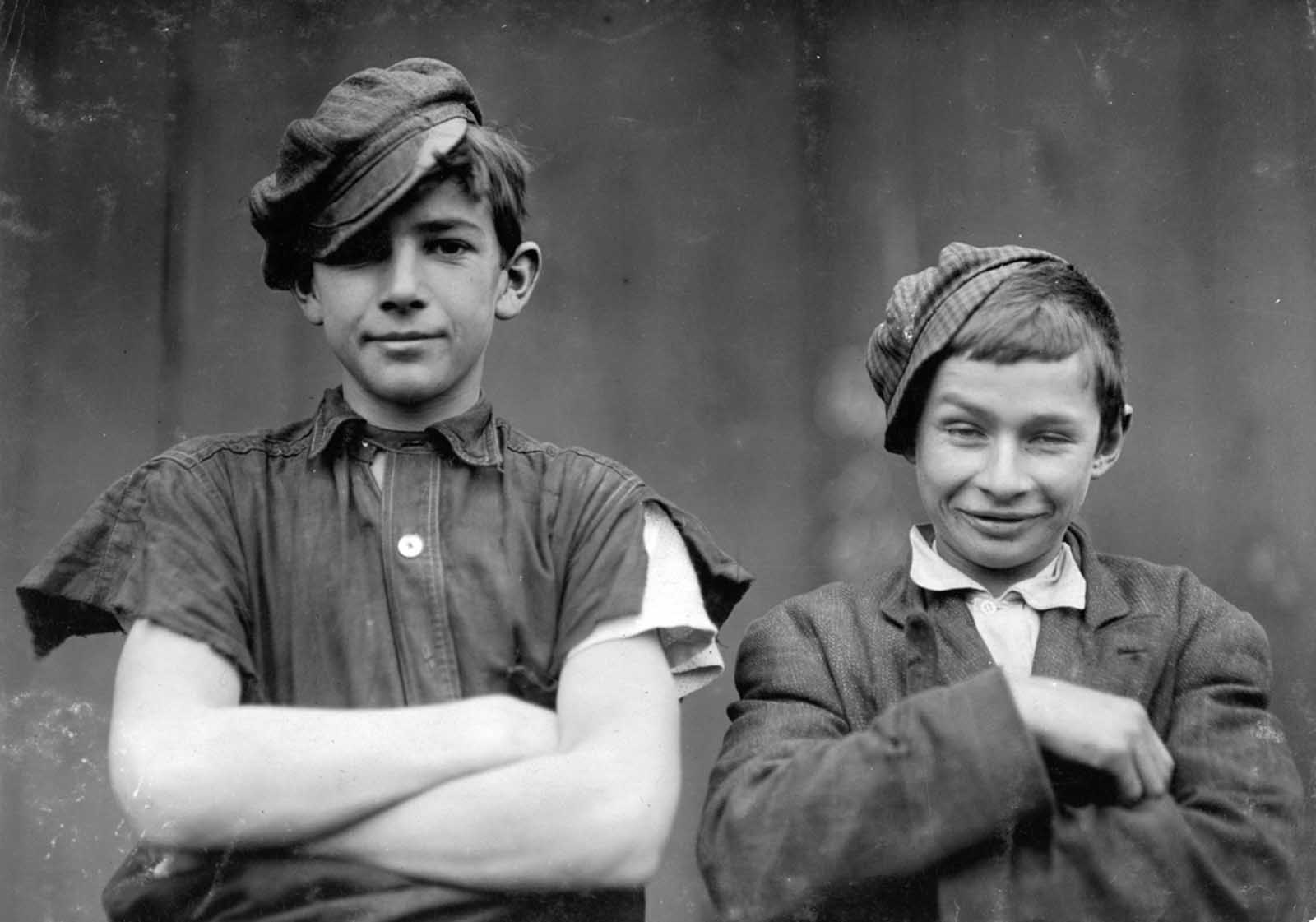Hine traveled throughout the US, documenting children working in factories, fields, and at home in support of the NCLC’s mission to promote the “rights, awareness, dignity, well-being and education of children and youth as they relate to work and working”. The photos in this article, compiled by the Library of Congress, are the result of Hine and the NCLC’s work. The era of industrial growth transformed American society creating a new class of wealthy entrepreneurs and a comfortable middle class. The increase in industry resulted in a growth among the blue-collar working class. This labor force was made up of millions of newly arrived immigrants and vast numbers of families migrating from rural areas to cities with the hope of job security and prosperity. With a dream of a better life, rural families relocated to the cities to find work. Sadly, most were disappointed when they arrived and discovered that the truth was not as “rosey” as they had been led to believe. The jobs available required long hours and offered little pay. In most situations, every able family member was needed to work to simply keep the family above the poverty level. Those working included children as young as three. Young children working endured some of the harshest conditions. Workdays would often be 10 to 14 hours with minimal breaks during the shift. Factories employing children were often very dangerous places leading to injuries and even deaths. Machinery often ran so quickly that little fingers, arms, and legs could easily get caught. Beyond the equipment, the environment was a threat to children as well as factories put out fumes and toxins. When inhaled by children these most certainly could result in illness, chronic conditions, or disease. Children working in rural areas were not faring much better. Harvesting crops in extreme temperatures for long hours was considered normal for these children. Work in agriculture was typically less regulated than factory duties. Farm work was often not considered dangerous or extraneous for children, even though they carried their weight and more in loads of produce and handled dangerous tools. In the United States, it took many years to outlaw child labor. By 1899, 28 states had passed laws regulating child labor. Many efforts were made to pass a national child labor law. The U.S. Congress passed two laws, in 1918 and 1922, but the Supreme Court declared both unconstitutional. In 1924, Congress proposed a constitutional amendment prohibiting child labor, but the states did not ratify it. Then, in 1938, Congress passed the Fair Labor Standards Act. It fixed minimum ages of 16 for work during school hours, 14 for certain jobs after school, and 18 for dangerous work. Today all the states and the U.S. government have laws regulating child labor. These laws have cured the worst evils of children working in factories. (Photo credit: Lewis Hine / Library of Congress). Notify me of new posts by email.
Δ Subscribe
